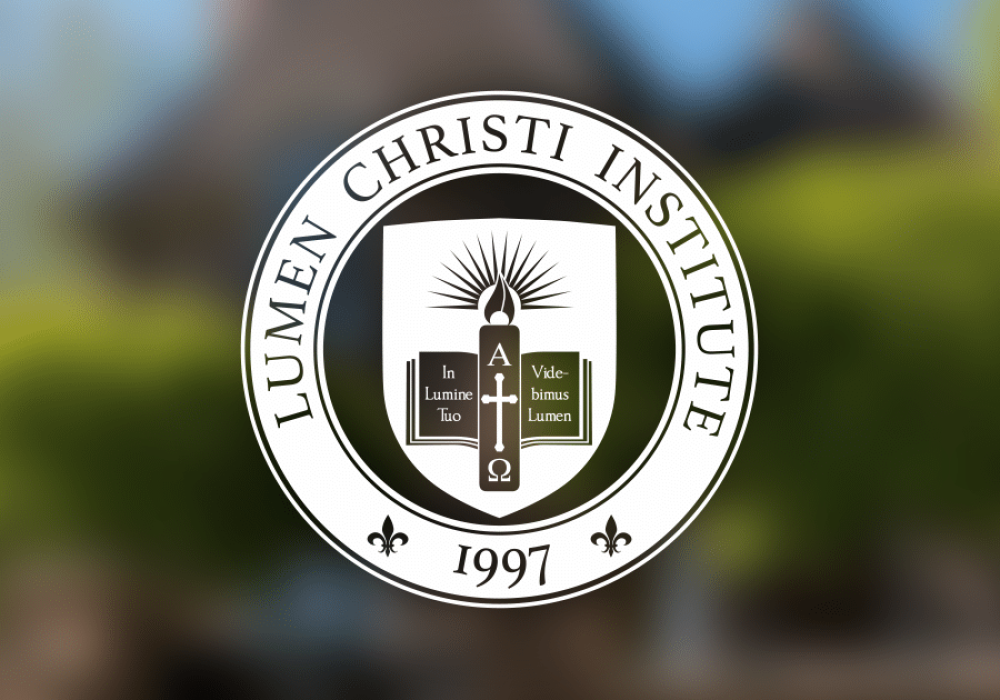Thomas Aquinas’s doctrine of the Trinity is crucial to James Joyce’s presentation of the artist in both Portrait of the Artist and Ulysses. Now, Joyce’s deployment of Trinitarian themes is not strictly orthodox of course. But the Trinity does provide a model, an exemplar, for a proper understanding of artistic fecundity and a subtle critique of popular romantic conceptions of artistic self-expression. Whatever his intentions, Joyce’s treatment suggest ways in which the Thomistic doctrine of the Trinity and the Imago Dei can contribute to a fresh understanding of artistic activity.

